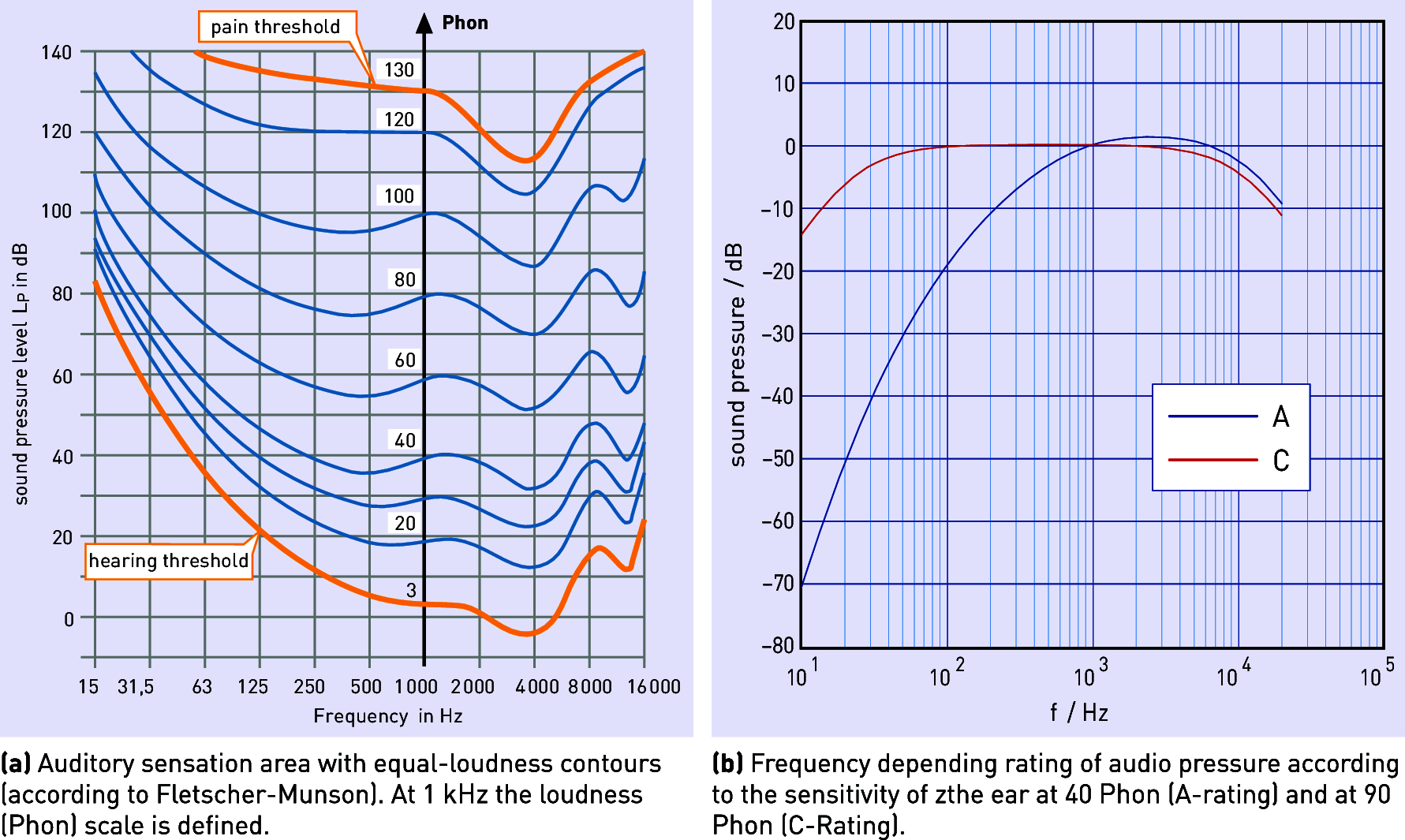
Figure 3.210: Phon scale and A-weighting of sound pressure
Postbox 1960
D-59753 Arnsberg

Figure 3.210: Phon scale and A-weighting of sound pressure
When sound pressure is present, human perception of loudness strongly depends on the noise frequency. Low sounds, for example, are perceived as more quiet than sounds at mid-range frequencies. Particularly with low sound pressure they are perceived as especially quiet. When the sound pressure increases, however, low sounds are perceived to be relatively louder. The curves in figure demonstrate the necessary sound pressure for generating a hearing impression of identical loudness at varying levels for varying frequencies. They are the result of empirical studies and thus form the basis for earlier versions of perception-oriented sound rating according to the phon scale. The numerical value specified in phon describes the sound pressure in dB required for perceived loudness at a reference frequency of 1,000 Hz. Since the sound pressure of the hearing threshold is already elevated by 3 dB with this reference frequency compared to the reference frequency of the dB scale (hearing threshold at 2,000 Hz), the first isophone (curve of the sound pressure to frequency ratio at constant perceived loudness) is entered at 3 dB.
In terms of measurement, rating filters corresponding to the isophone properties can be employed in the weighting of the sound pressure level according to perception. An A-weighting (A-filter) e.g. depicts the weighting of the frequencies which must be considered for a perceived loudness of 40 phon. The C-weighting (C-filter) in contrast considers the dependency of hearing perception on frequency at 90 phon (see figure b).
Since, however, a dynamic rating filter is problematic in terms of engineering, acoustic measurements today use sound pressure measurements with the A-weighting as an international standard (unit dB(A)-). Sound level measuring instruments should be equipped with respective filters and can be classified accordingly, just as the applicable measuring methods (EN 61672-1, Electroacoustics – Sound level meters, corresponding to IEC 61672-1, see also EN ISO 3741 "Determination of sound power levels and sound energy levels of noise sources using sound pressure – Precision methods for reverberation test rooms").
For elevated sound pressure values e.g. in sound pollution assessments, the C-weighting is often used in practice. This facilitates improved consideration of the increased sensitivity to lower frequencies which is the case here. (Unit dB(C)-).